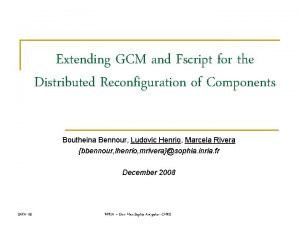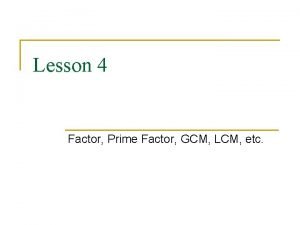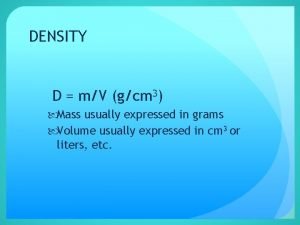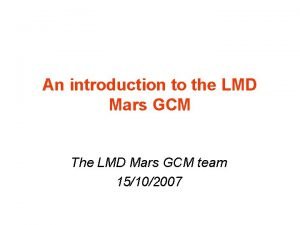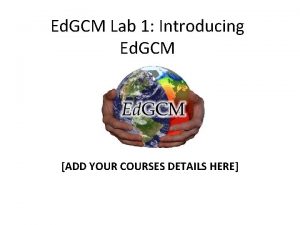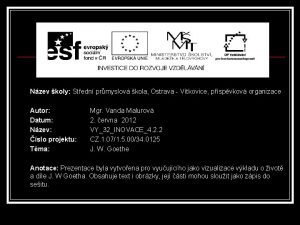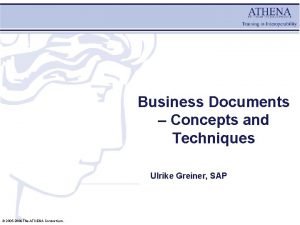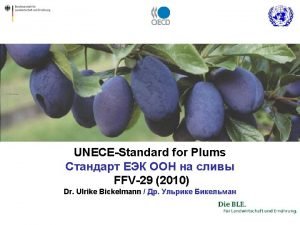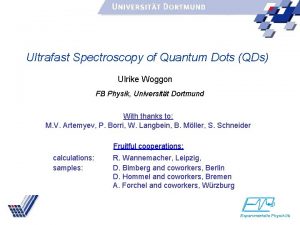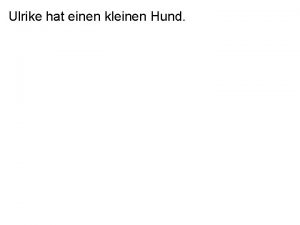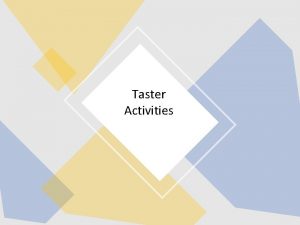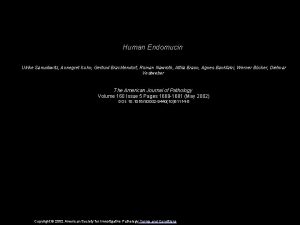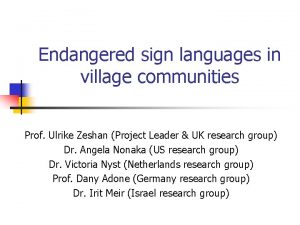GCM activities in Ulrike Lohmanns group With results















- Slides: 15

GCM activities in Ulrike Lohmann’s group With results from Remo Dietlicher, David Neubauer and Steffen Münch

Gradual improvements in ECHAMHAM Improvements in: • Activation scheme • Cloud cover scheme • Convective detrainment • Accretion of ice by snow • Cirrus ice crystal number • Mixed-phase freezing ECHAM 5. 5 -HAM 2. 0 (E 55 H 20): Zhang et al. (2012) ECHAM 6. 1 -HAM 2. 2 (E 61 H 22): Neubauer et al. (2014) ECHAM 6. 3 -HAM 2. 3 (E 63 H 23): Tegen et al. (2018)

Gradual improvements in ECHAM-HAM • More cloud water in stratocumulus regions and less elsewhere

Gradual improvements in ECHAMHAM • Generally, newer model versions are better • Improvements are gradual

Cloud formation processes in a prognostic cloud cover scheme (Steffen Münch)

Cloud cover sources

Ice crystal sources

Cloud type contributions to the LW and SW cloud radiative effects in REF and Steffen’s model

Most of the mixed-phase temperature regime is covered by ice that formed below -35 °C Homogeneous freezing at temperatures colder than -35 °C dominates mixed-phase ice (Dietlicher et al. 2018, ACPD)

Cloud radiative effects per formation pathway Model integration Process rates Formation pathways Cloud fields Formation pathways keep track of the relative contribution of each process rate to the simulated cloud fields.

Supercooled liquid fraction (SLF) Obs. ECHAM also underestimates SLF, but less than CESM do we also underestimate ECS? And if so, by how much? CESM Figure from Tan et al. (2016), ECHAM results from Lohmann and Neubauer (2014)

Equilibrium climate sensitivity CESM ECHAM 6 -HAM 2 No ECS shift from cloud phase feedback between simulation REF and ALL_LIQ in ECHAM 6 -HAM 2 despite a smaller negative cloud phase feedback in ALL_LIQ because of compensating feedbacks in the clear-sky CESM Figure from Tan et al. (2016)

Impact of Remo’s new ice microphysics scheme But: with our new ice microphysics scheme (Dietlicher et al. , ACPD, 2018 and in prep. ) the cloud optical depth feedback becomes positive and climate sensitivity increases to 3. 8 ºC (vs. 2. 5 ºC in REF)

Take-home messages – modelling results • We have two new stratiform cloud schemes: The single-category ice microphysics scheme of Remo (Dietlicher et al. , ACPD, 2018) and a new cloud cover scheme also with changed microphysics from Steffen. Both schemes are more physical and perform at least as well as our current scheme. • The supercooled liquid fraction is not a good indicator for the cloud phase feedback because cloud phase matters most for clouds not shielded by higher clouds • ECS is significantly higher when using the Remo’s ice microphysics scheme with 3. 8 ºC vs. 2. 5 ºC. The reasons for this require further analysis but could be linked to a smaller contribution of mixed-phase clouds in that scheme. 14

Sensitivity studies: Which processes are necessary to reproduce the observations? Ice nucleation on dust and vertical cirrus cover both bring the simulated ice crystal number concentration closer to observations. But there are still too many ice crystals in the model (watch out for scale).

